Bathroom · Coastal Minimalism
Seafoam & Linen: Coastal Minimalist Wall Art for Spa‑Like Bathrooms
Make every morning feel like a quiet walk on wet sand. In this guide, we’ll map out the best moisture‑smart materials, the calmest sea‑soft color palettes, foolproof sizes and placements—and hand‑pick coastal canvas & framed prints to finish the look beautifully.

What “coastal minimalism” really means
Think restraint with texture: chalky whites, sea‑glass blues, driftwood beige, and a few intentional gestures. Your bathroom should feel like fresh air, not a souvenir shop. Anchor the room (pun very intended) with one serene artwork, then echo its palette in towels, a tray, or a woven basket—one echo, not five.
Moisture 101: materials that behave in bathrooms
- Canvas & sealed canvas resist warping better than paper and handle day‑to‑day humidity gracefully.
- Framed prints behind acrylic (plexi) beat glass near steam—lighter, shatter‑safe, and less prone to fog.
- Metal or acrylic panels are ultra‑tough but read “hard.” In minimal baths, temper them with soft textiles.
- Ventilation matters: run the fan during showers and leave a small gap for air behind art.
Moisture‑smart choices let you enjoy real art—not just vinyl sayings about long walks on the beach.

Sea‑soft palette & textures (that never feel kitschy)
Start with whites that feel like foam, then layer powdery blues, foggy greys, and sand‑toned linens. If your tile skews cool, choose blue‑greens; if it’s creamy, nudge toward sea‑glass and wheat. Repeat a single finish (brushed nickel or soft brass) across hardware.
- Light walls keep art legible in small baths.
- Oak or white frames = coastal calm; black frames = graphic modernity.
- Texture: linen shower curtain, seagrass baskets, stone trays.

Scale & placement that just works
Bathrooms are narrow; art shouldn’t be. For a focal piece over a tub, target 70–120 cm (28–48") on the long side. Over a toilet or towel bar, 40–60 cm (16–24") keeps things balanced. Gallery pairs? Keep 4–6 cm between frames and center at about 145 cm (57") from the floor for eye level.
Small baths & powder rooms: smart moves
- Go vertical with a single tall canvas to elongate the room.
- Mirror opposite art to “double” your seascape—instant daylight trick.
- Prefer diptychs over busy grids; fewer frames, bigger calm.
- Use matte canvas or acrylic‑glazed prints to handle daily moisture.

Subjects that feel spa‑calm (and which to skip)
Yes, please
- Low‑contrast seascapes, horizons, and mist.
- Shell studies, sea grasses, and fish schools.
- Minimal nautical symbols (anchors, flags) in soft palettes.
Maybe not
- High‑saturation novelty beach cartoons.
- Too many words (your mirror already gives pep talks).
- Anything reflective opposite a bright window—glare city.
Black‑and‑white coastal, the minimalist’s secret
Monochrome seascapes and foggy shorelines add serenity without adding another color. They also play beautifully with natural stone and chrome fixtures.
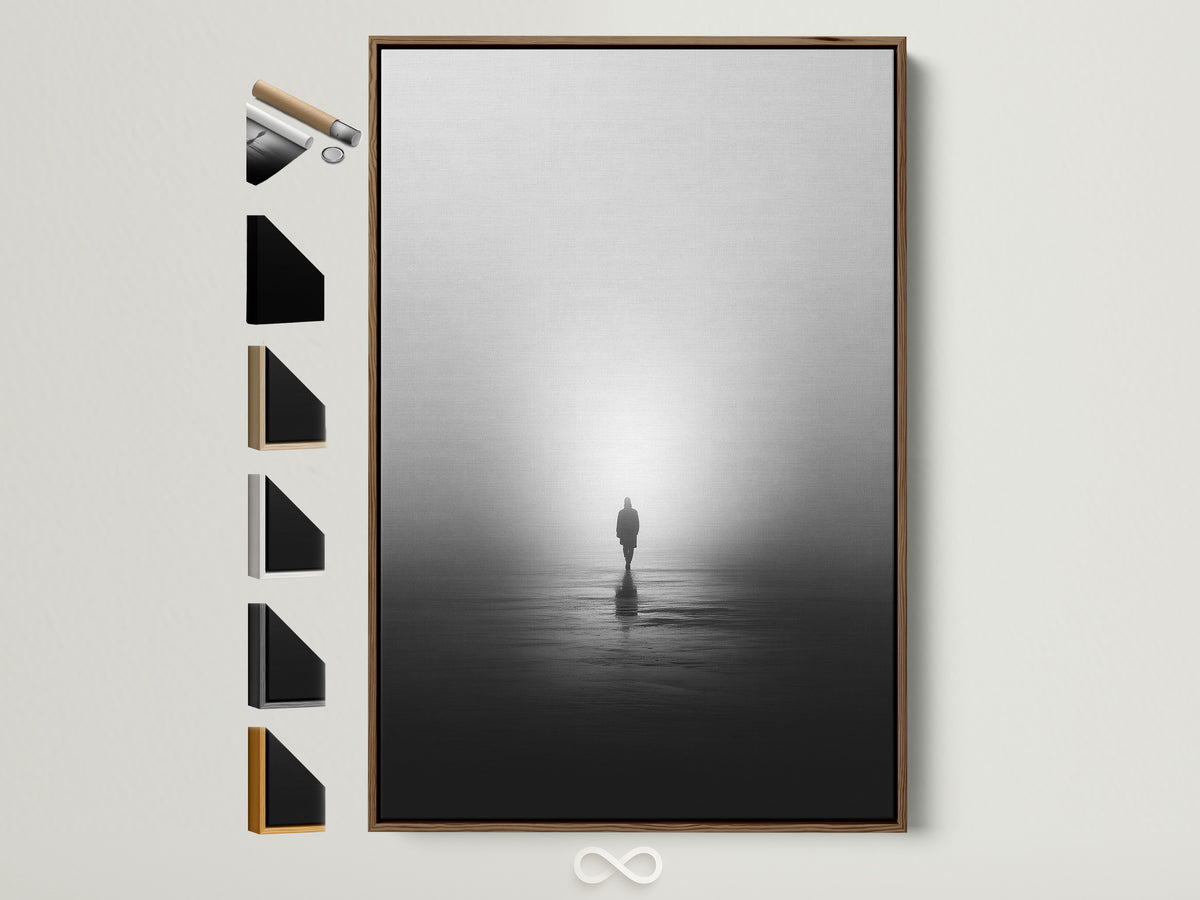
Why it works
Black‑and‑white reduces visible “noise,” so tile patterns and fixtures take a gentle back seat. If your space is small, a vertical B&W piece elongates the room—no renovation required.

Hanging, hardware & cleaning in humid rooms
- Hardware: wall anchors for tile walls; stainless or brass screws.
- Spacing: keep 2–3 fingers between art and trim or accessories.
- Maintenance: microfiber + distilled water for acrylic; dry dust for canvas. Avoid ammonia cleaners.
- Placement: not directly in shower spray; 60–90 cm (24–36") from tub edge is a safe zone.
Vent first, hang second. If your mirror fogs for more than 10 minutes, fix ventilation before investing in art.
Two 5‑minute moodboards
A) Spa‑Calm (Seafoam & Linen)
- Palette: chalk white, sea‑glass blue, wheat.
- Art: Seascape Canvas Art + Aqua River.
- Materials: oak, linen, woven seagrass.
B) Minimal Graphic (Black, White & Fog)
- Palette: pearl white, soft grey, graphite.
- Art: Misty Shore + a small Blue Fish School.
- Materials: chrome, ribbed cotton, honed stone.
Want to browse more? Explore our Nautical & Coastal Wall Art, Black & White Wall Art, and Abstract & Geometric collections.
FAQs
Can I hang canvas art in a bathroom?
Glass or acrylic for framed prints?
What size art works above a toilet?
How high should I hang art in a bathroom?
Which coastal colors feel calm, not cliché?
Will black‑and‑white look too stark in a bath?
How do I prevent warping and fogging?
What’s the best finish for small bathrooms?
Can I mix nautical motifs and abstracts?
How many pieces of art is “too many” for a small bath?
References & credits
- Color cues & palettes: Benjamin Moore: Casual Coastal Palettes
- Sea‑salt tones inspiration: Better Homes & Gardens: Sea‑Salt Paint Colors
- Coastal bathroom ideas: House Beautiful: Coastal Bathroom Ideas
- Chic coastal decor principles: Homes & Gardens: Coastal Decor Ideas
- Humidity‑smart framing in bathrooms: Frame Destination: Hanging Artwork in Bathrooms
- Extra moisture‑resistant mediums: About Wall Art: Moisture‑Resistant Wall Art
- Additional inspiration & shopping: Great Big Canvas: Coastal Bathroom Art · Wayfair: Beach‑Theme Bathroom Art
Internal browsing
Explore our Nautical & Coastal, Black & White, and Abstract & Geometric collections. See what’s new in New Arrivals or dive into the Product Spotlight.

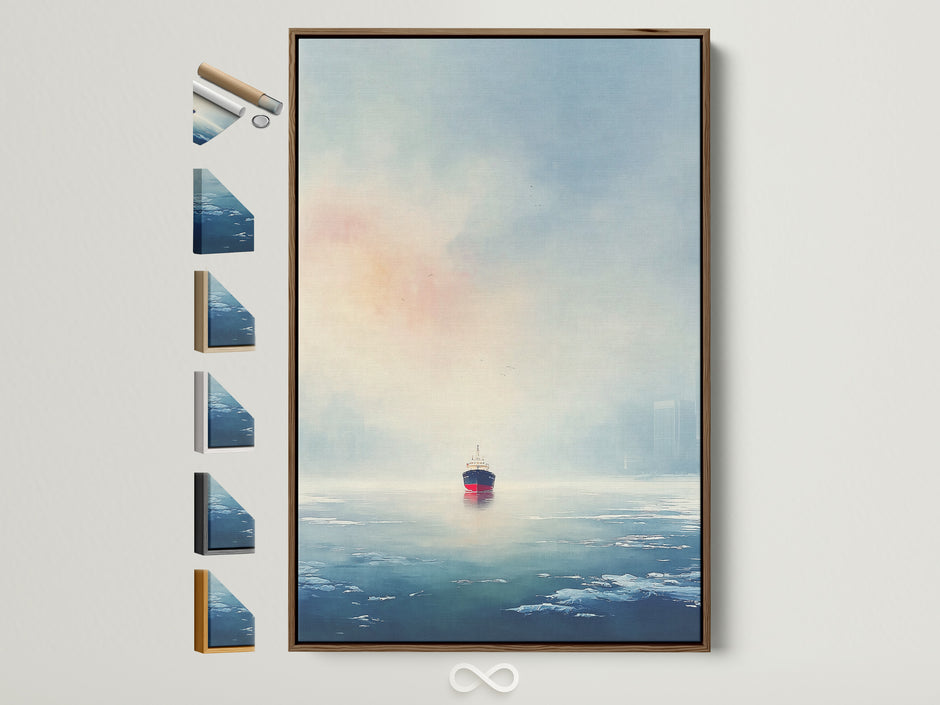
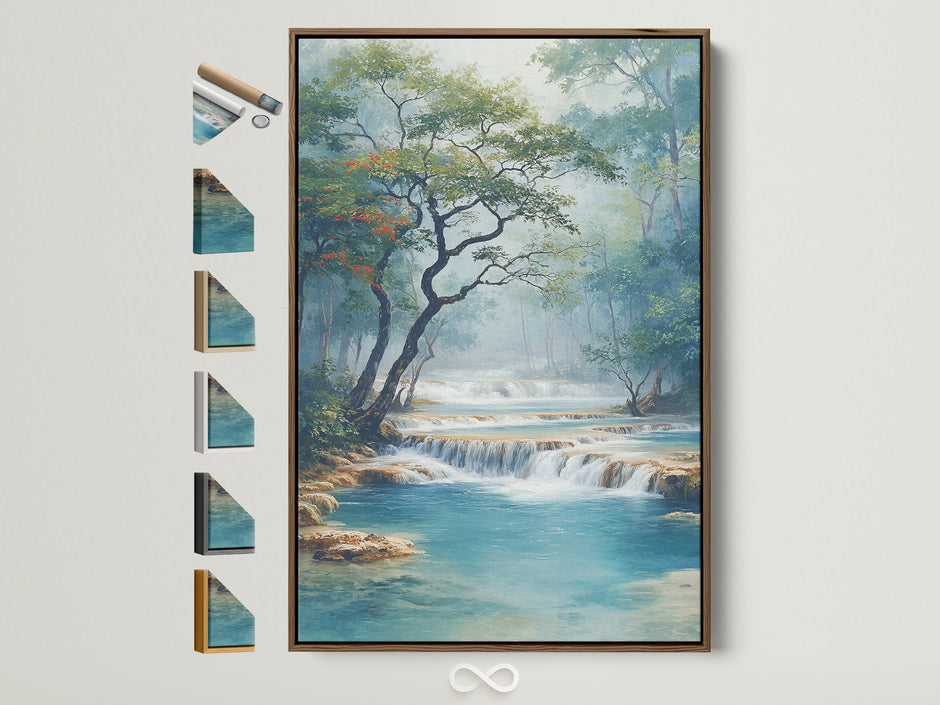
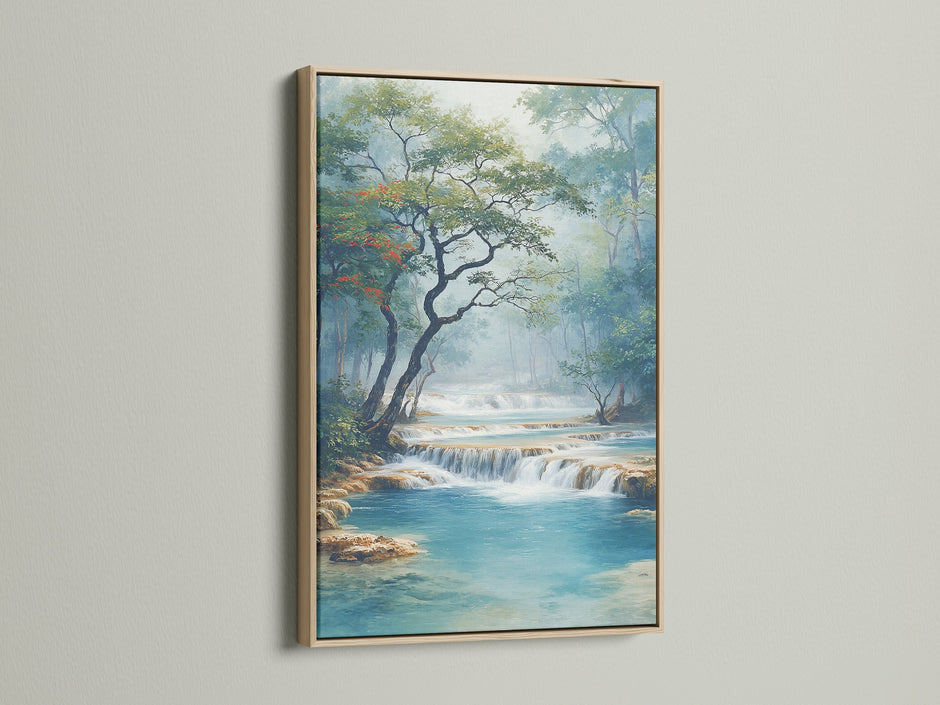
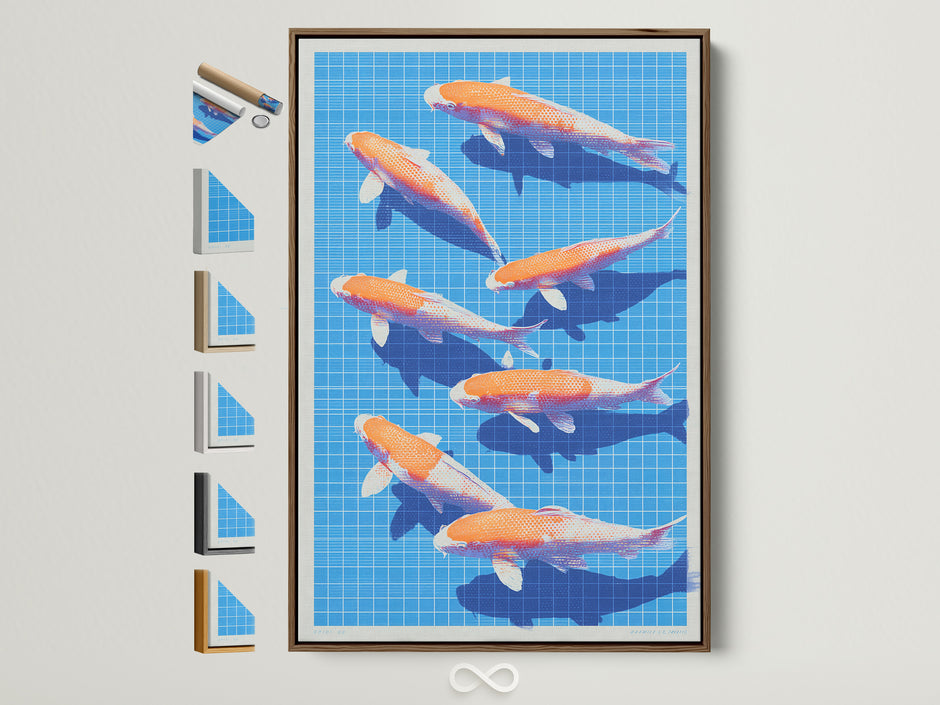
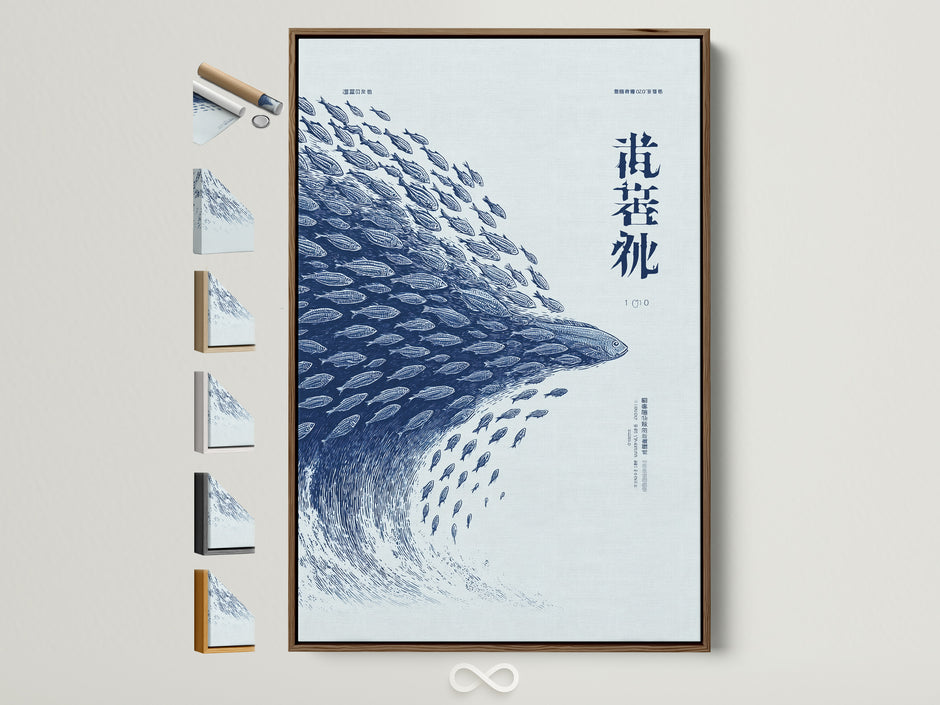
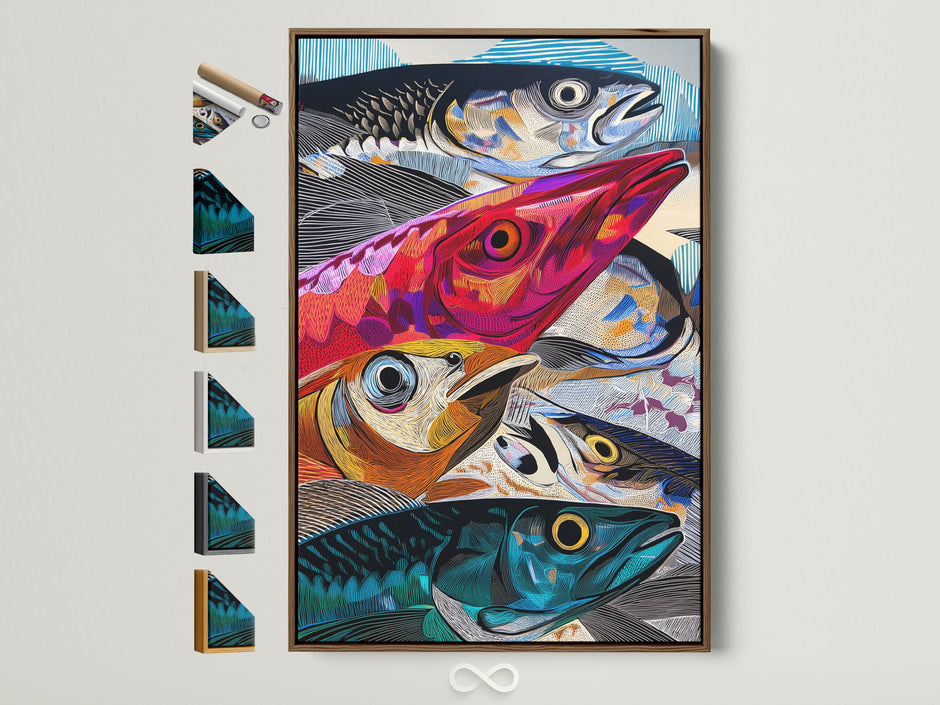
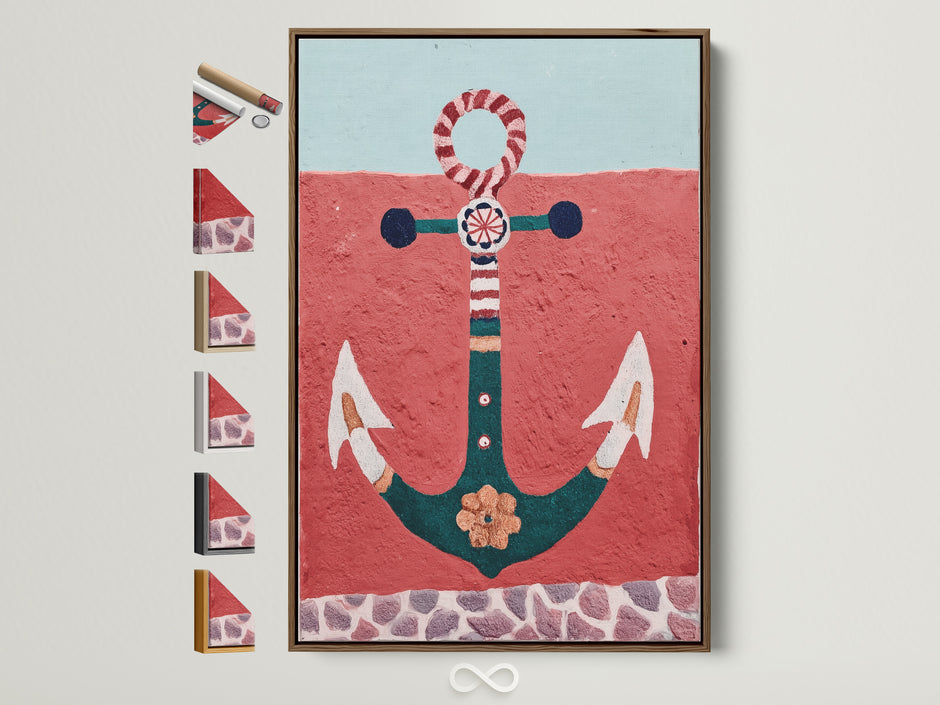
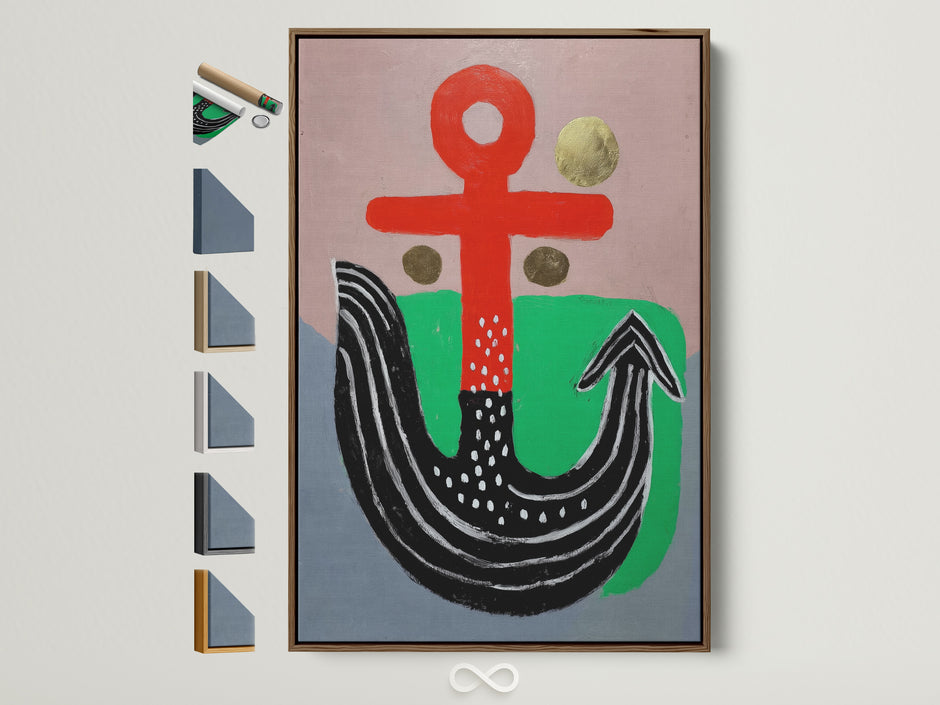
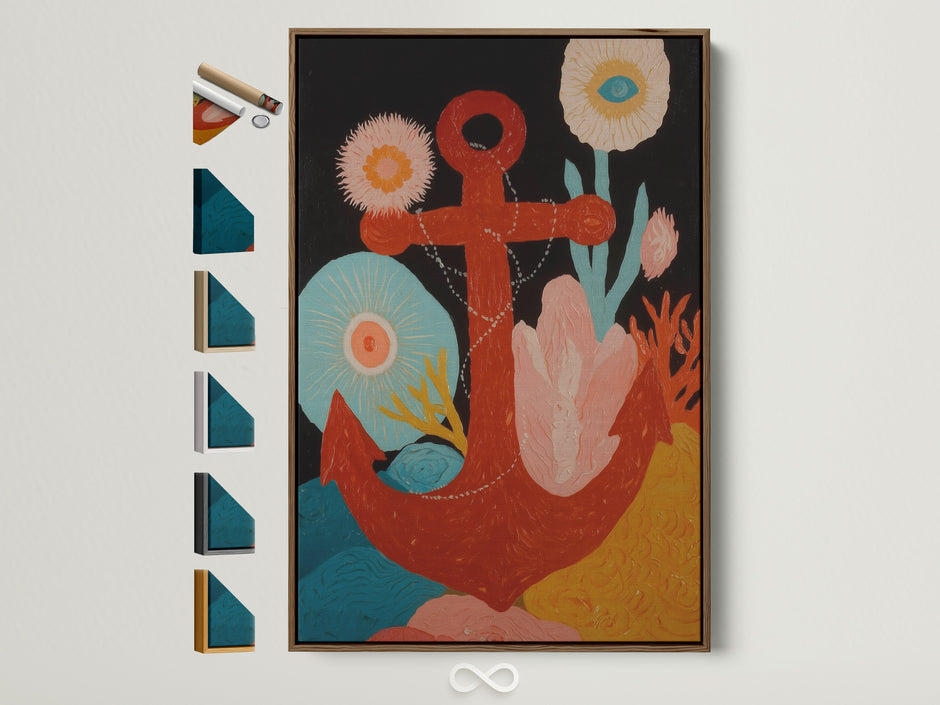
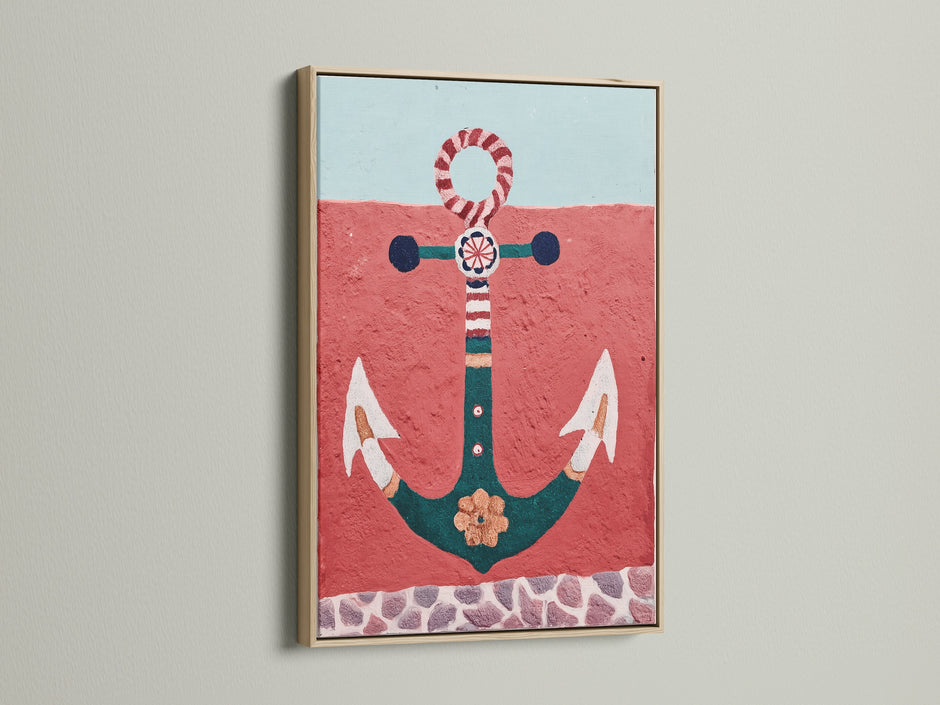
0 Kommentare